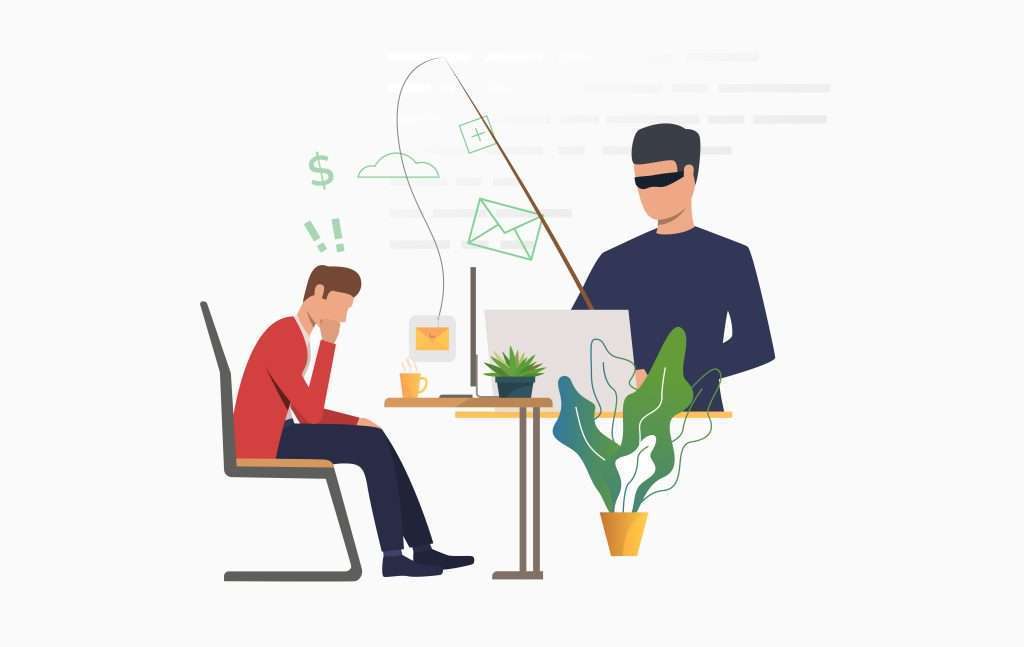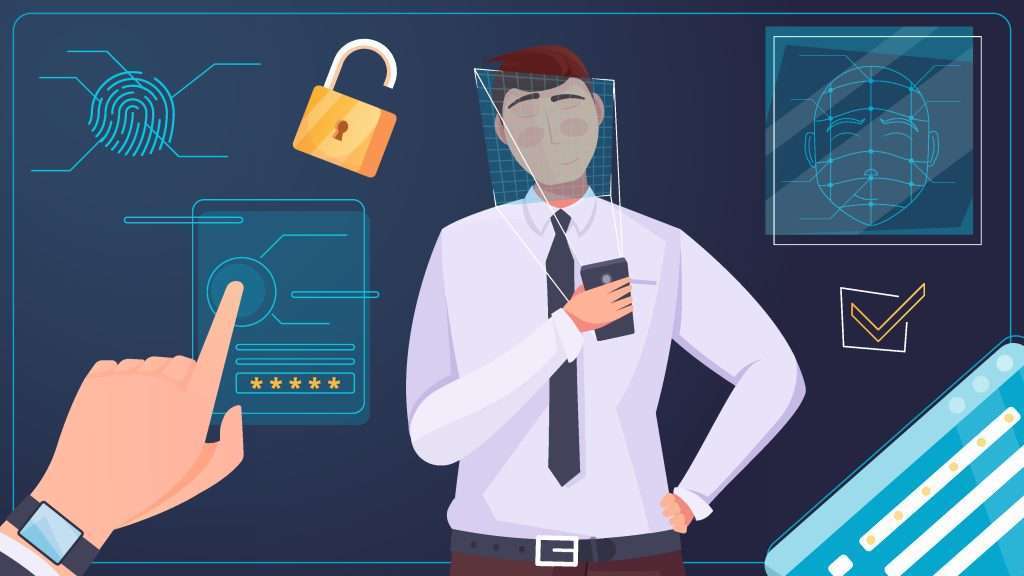Every day, countless phishing attacks are waged on unsuspecting targets. These attacks sneak into your inbox, posing as legitimate, everyday communication: a bill from your utility company, a resume from a job applicant, or perhaps an urgent notification from your bank.
If you operate in roles related to a company’s cybersecurity, such as an IT manager or a system administrator, you are meant to be vigilant against these threats.
The merit of reading this article lies in gaining a clear-eyed understanding of the science of phishing. Let’s dig into the subtleties of phishing—the tactics employed by attackers, and how your newly acquired knowledge will help not just in recognizing but mitigating these covert offensives.
Recognizing Phishing Efforts
Phishing scams —like artists using a multitude of palettes—can morph into a variety of forms. It takes a careful eye to spot the signs.
The Sender’s Email Address
One of the first things to pay attention to is the sender’s email address. Many phishing attempts utilize an email that closely resembles a genuine one, but with small, easy-to-miss discrepancies.
Picture Frank, our friend from ABC Corp, encountering this scenario. He receives an email from his bank, emphasizing the need for immediate action. However, there’s a subtle discrepancy: the bank’s official domain is “bankname.com,” yet the email is sent from “banknane.com.” A minor detail that, if overlooked, could have led to a digital disaster for Frank.

Hyperlinks Contained within Emails
Hyperlinks are a common route for phishing attempts. Instead of a known endpoint, the hyperlink can lead to a phishing site, ready to siphon off your credentials.
Take the example of Mary from XYZ Ltd, who nearly fell prey to a scam disguised as a document-sharing request 📄 from her colleague, but upon hovering over the hyperlink, she noticed it led to a dubious website with an unfamiliar URL.
Grammar and Spelling Mistakes
Check for errors in language. Authentic, corporate communication isn’t likely to have major spelling or grammatical errors.
A case to note is Global Inc.’s cybersecurity officer catching a phishing attempt, thanks to the glaring spelling errors, inconsistencies, and informal tone uncharacteristic of the supposed sender organization.
Request for Sensitive Information
A common ploy used by phishers is to request sensitive information such as usernames, passwords, bank details, etc., something a genuine entity would never engage in.
Mr. Davis from Excel Enterprises kept his data secure by not responding to an email requesting his login credentials, something his service provider had repeatedly affirmed they would never ask for.

Counter Measures to Guard Against Phishing
So how do we strike back? To combat phishing, it’s not enough to only recognize it, but also tailor security measures within your organization to counteract these threats.
Employee Education
The first and simplest line of defense is education. Train employees to recognize and correctly react to phishing attacks.
Take, for instance, Quantum Enterprises, which saw a significant decrease in successful phishing attacks 📉after implementing periodic cybersecurity training sessions for its staff.
Regular Software Updates
Keep your systems regularly updated. Phishers often exploit known vulnerabilities in software.
Lambda Corp is an apt example, having escaped an email-borne attack due to their policy of keeping all software systems updated, thus eliminating any pre-existing vulnerabilities that could’ve been exploited.
Email Filters
Establish email filters that automatically weed out potential phishing emails.
Alpha Co. implemented this measure and saw a substantial reduction in phishing attacks, minimizing their potential exposure to such threats.
Two-Factor Authentication
While not a foolproof measure against phishing, two-factor authentication adds an important layer of defense.
As Epsilon International found out, even when login details were compromised in a phishing attack, two-factor authentication prevented unauthorized access to their systems.

Conclusion
Combating phishing requires both sharp recognition skills and solid defensive strategies. By understanding phishing tactics and implementing robust countermeasures, you can safeguard your business.
Always remember, that a strong cybersecurity posture is the cornerstone of any successful business in this digital age.
Knowledge is your strongest shield in the battle against the hidden threats of the web 🧐🛡. And this phishing protection guide is your tool for that knowledge.
- The Agentic Startup Manifesto - June 8, 2025
- Remote Hiring in 2025 - April 5, 2025
- Burnout in Remote Teams: How It’s Draining Your Profits - January 27, 2025
